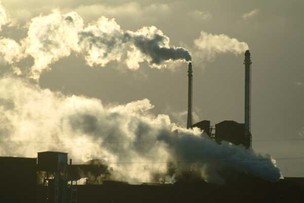Term 2: Geography

In this course you will study a mixture of physical and human geography.
Natural Hazards: Causes and effects and how do people prepare and respond to them.
Development: Measuring development and factors that influence a countries development.
Economic Geography: Different industrial sectors, tourism, farming and in the impact of globalization.
Urbanization: Causes and problems associated with it and land use models.
Sample Classroom Activities
Feel free to download the following resources to help you with your studies.
Natural Hazards
|
What are the causes and effects of earthquakes and how people prepare for and respond to them?
What are the causes and effects of tropical storms and how do people prepare for and respond to them?
|
| ||||
Development
|
An introduction to the Human Development Index
Accompanying worksheet to the above PowerPoint |
| ||||
